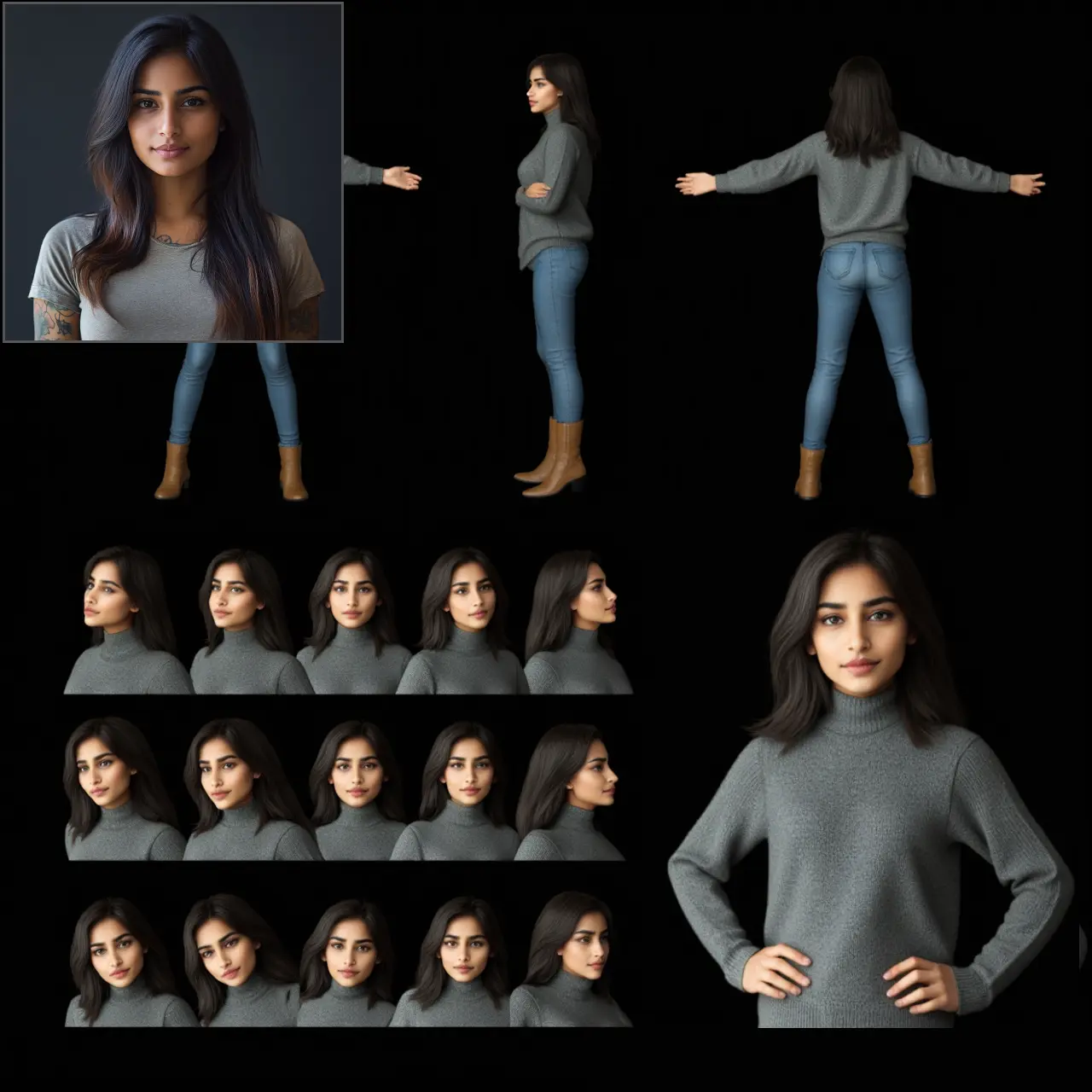ComfyUI Node: Iterative Upscale (Image)
IterativeImageUpscale
CategoryImpactPack/Upscale
Dr.Lt.Data (Account age: 747days) Extension
ComfyUI Impact Pack Latest Updated
2025-03-23 Github Stars
2.28K
How to Install ComfyUI Impact Pack
Install this extension via the ComfyUI Manager by searching for ComfyUI Impact Pack- 1. Click the Manager button in the main menu
- 2. Select Custom Nodes Manager button
- 3. Enter ComfyUI Impact Pack in the search bar
Visit ComfyUI Online for ready-to-use ComfyUI environment
- Free trial available
- 16GB VRAM to 80GB VRAM GPU machines
- 400+ preloaded models/nodes
- Freedom to upload custom models/nodes
- 200+ ready-to-run workflows
- 100% private workspace with up to 200GB storage
- Dedicated Support
Iterative Upscale (Image) Description
Enhance image resolution through iterative upscaling for AI artists, preserving quality and details.
Iterative Upscale (Image):
The IterativeImageUpscale node is designed to enhance the resolution of images through a series of iterative upscaling processes. This method is particularly beneficial for AI artists who need to upscale images while maintaining or improving the quality and details. By leveraging iterative techniques, this node ensures that the upscaling process is gradual and controlled, which helps in preserving the finer details and textures of the original image. This node is ideal for tasks where high-quality image enlargement is required, such as in digital art, photography, and other visual media projects.
Iterative Upscale (Image) Input Parameters:
image
The image parameter is the input image that you want to upscale. This parameter accepts an image in the form of a tensor. The quality and resolution of the input image will directly impact the final upscaled result.
upscale_method
The upscale_method parameter determines the algorithm used for the upscaling process. Available options include "nearest-exact", "bilinear", "area", "bicubic", and "lanczos". Each method has its own characteristics: "nearest-exact" is fast but may produce blocky results, "bilinear" and "bicubic" offer smoother transitions, "area" is good for downscaling, and "lanczos" provides high-quality results but is computationally intensive. The default method is typically "bicubic".
megapixels
The megapixels parameter specifies the target size of the upscaled image in megapixels. This value controls the total number of pixels in the final image, allowing you to scale the image to a desired resolution. The parameter accepts a floating-point number with a default value of 1.0, a minimum value of 0.01, and a maximum value of 16.0. Adjusting this value will directly affect the size and quality of the output image.
Iterative Upscale (Image) Output Parameters:
IMAGE
The IMAGE output parameter is the resulting upscaled image. This image is returned as a tensor and reflects the enhanced resolution and quality achieved through the iterative upscaling process. The output image maintains the visual characteristics of the original while providing a higher resolution suitable for various applications.
Iterative Upscale (Image) Usage Tips:
- For best results, start with a high-quality input image to ensure that the upscaling process can preserve as much detail as possible.
- Experiment with different
upscale_methodoptions to find the one that best suits your specific needs. For example, use "lanczos" for high-quality prints and "bilinear" for faster processing. - Adjust the
megapixelsparameter based on the desired output size. Higher values will produce larger images but may require more processing time and resources.
Iterative Upscale (Image) Common Errors and Solutions:
"Out of Memory Error"
- Explanation: This error occurs when the system does not have enough memory to process the upscaling operation, especially with large images or high
megapixelsvalues. - Solution: Reduce the
megapixelsvalue or use a less memory-intensiveupscale_method. Additionally, ensure that your system has sufficient memory available before starting the upscaling process.
"Invalid Upscale Method"
- Explanation: This error occurs when an unsupported
upscale_methodis specified. - Solution: Ensure that the
upscale_methodparameter is set to one of the supported values: "nearest-exact", "bilinear", "area", "bicubic", or "lanczos".
"Image Tensor Dimension Mismatch"
- Explanation: This error occurs when the input image tensor does not have the expected dimensions.
- Solution: Verify that the input image tensor is correctly formatted and has the appropriate dimensions before passing it to the node.
Iterative Upscale (Image) Related Nodes
RunComfy is the premier ComfyUI platform, offering ComfyUI online environment and services, along with ComfyUI workflows featuring stunning visuals. RunComfy also provides AI Playground, enabling artists to harness the latest AI tools to create incredible art.


